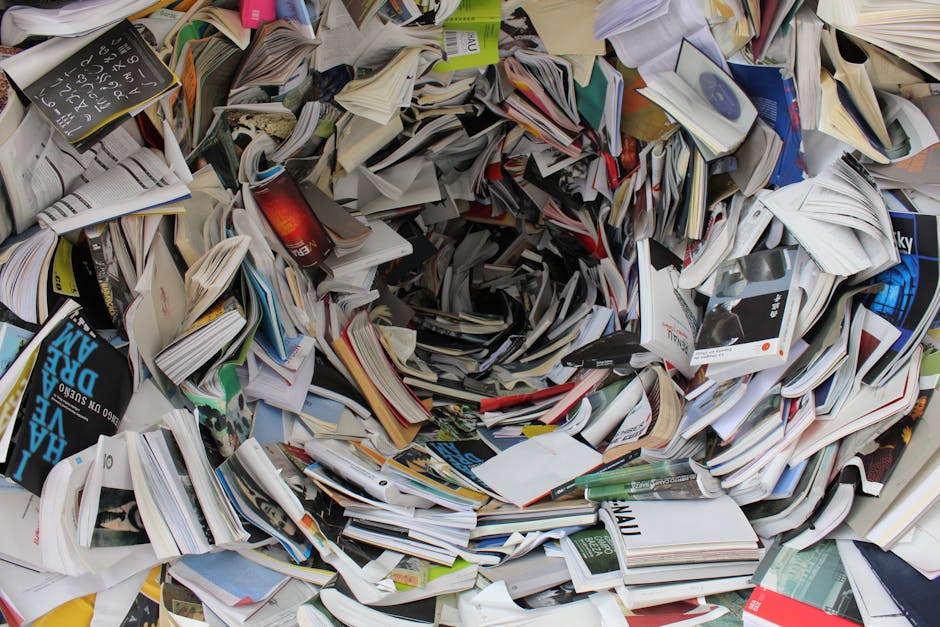Unlock Sleep-Based Learning: Transform Online Education Now
Are you tired of the same old learning routines? What if you could absorb knowledge while you sleep? With advancements in sleep research and its application in online courses, the prospect of sleep-based learning is becoming a reality. This innovative approach weaves together the science of sleep with the demands of online education, offering potential strategies and techniques for maximizing knowledge absorption effortlessly. Let’s explore how educators and learners can harness this fascinating field to elevate their educational journeys through rest.
Understanding Sleep-Based Learning

Sleep-based learning, or hypnopedia, has intrigued researchers and educators for decades. Initially dismissed as far-fetched, recent studies suggest that our brains remain active during sleep, processing information and forming memories. This opens up compelling avenues for harnessing the unconscious mind to learn new concepts and skills.
With the rise of online education, the integration of sleep-based learning tactics offers an ideal opportunity to innovate course design. Imagine listening to audio lessons while drifting into slumber, all while your brain works in the background to absorb the material. It’s not just a dreamy notion—it’s a scientifically-backed concept that deserves attention.
According to a report by the Harvard Business Review, sleep is vital for memory consolidation. Understanding how sleep affects our learning can be crucial in designing effective online courses.
The Science Behind Sleep Learning

To delve deeper into the science behind sleep learning, we first need to address the stages of sleep. Our overall sleep cycle involves two main phases: REM (Rapid Eye Movement) and non-REM sleep. During non-REM sleep, particularly in stages 3 and 4, our brains are thought to consolidate memories and information, often influenced by prior experiences or learning activities.
Additionally, research has shown that specific forms of auditory stimulation can enhance this process. For example, listening to recorded lectures or audio summaries may strengthen memory retention if these lessons are played during sleep. This technique takes advantage of the brain's ability to react to sound cues, effectively integrating knowledge during the most restful phases.
Moreover, a study published in The Journal of Neuroscience highlighted that sounds played during sleep can evoke memory recall. This surprising connection between auditory stimuli and memory retention paves the way for incorporating soundscape elements into online education, further reinforcing learning during both wakefulness and sleep.
Psychological Considerations: The Role of Subconscious Learning

Understanding the psychological aspect of learning while you sleep is essential. While traditional methods of learning often require focused attention and conscious effort, sleep-based learning invokes a more passive absorption approach. This may seem counterintuitive to many learners, but it can offer substantial benefits, particularly for those who struggle with conventional learning methods.
Imagine a student who battles the anxiety of cramming for exams. By using sleep-learning techniques, they could potentially transform that nervous energy into productive rest, allowing their brains to absorb the material subliminally without the added pressure.
However, it's important to note that effective sleep-based learning requires a healthy sleep environment. A study in the Journal of Clinical Sleep Medicine shows that distractions, stress, and an unregulated sleep cycle can hinder memory consolidation. Therefore, optimizing sleep quality is paramount for anyone interested in this innovative learning technique.
Practical Implications for Course Design

Educators can harness the principles of sleep-based learning to craft more engaging and effective online courses. Here are several actionable strategies to consider:
1. Incorporate Audio Recordings

Using audio lectures or learning modules delivered at bedtime can engage learners while they sleep. Recordings should be clear, concise, and free from distracting background noise. By providing essential summaries or discussions on various topics, learners can have foundational knowledge assimilated into their subconscious mind while resting.
2. Encourage Mindfulness and Relaxation

Before sleep, incorporating mindfulness and relaxation techniques can enhance learning. A short guided meditation or breathing exercise, coupled with audio learning, can prime the mind to absorb information better. This practice could be a valuable addition to the course, equipping learners with strategies for relaxation and focus.
3. Optimize Learning Resources

Materials delivered in an auditory format should be succinct and structured to facilitate absorption during sleep. Educators can consider breaking down complex topics into digestible audio segments, ensuring learners receive essential knowledge without overwhelming them.
4. Time Your Sessions Wisely

Timing is crucial in sleep-based learning. Educators should suggest specific listening periods, ideally during REM sleep when memory consolidation peaks. Creating a section in the course for bedtime learning can guide students on when to listen for maximum absorption.
5. Conduct Research and Gather Feedback

Continuous evaluation is essential to gauge the efficacy of sleep-based learning techniques. Encourage learners to provide feedback regarding their experiences, enhancing the course structure and content. Research can be qualitative, focusing on individual experiences, or favorable test results after implementing such techniques.
Strategies for Educators and Learners

To fully embrace the concept of sleep-based learning, both educators and learners need practical strategies to make the most of this approach.
For Educators:
-
Develop Integrated Learning Materials: Create audio resources that can be easily adopted within the course structure. These resources should reinforce key content, priming students for deeper understanding.
-
Implement Periodic Reviews: Encouraging learners to revisit concepts before sleep can enhance the effectiveness of memory consolidation, establishing stronger connections in their minds.
-
Foster a Collaborative Community: Utilizing platforms where students can share their experiences with sleep-based learning encourages engagement and experimentation, leading to a richer understanding of the technique.
For Learners:
-
Prioritize Quality Sleep: Ensure a conducive sleeping environment that limits distractions. A comfortable room temperature, minimal light, and calming sounds can enhance the body's ability to absorb new information.
-
Engage with Technology: Use sleep tracking applications to determine optimal sleep patterns. Insights from these tools can help learners adapt their study schedules and sleep routines for better educational outcomes.
-
Combine Techniques: Rather than relying exclusively on sleep-based learning, integrating various forms of study can foster a more rounded educational experience. Pair audio resources with traditional study methods to create a balanced approach.
Current Research on Sleep and Learning
As the field of sleep research continues to evolve, various studies offer insights into maximizing the potential of sleep-based learning. This research includes:
-
Memory Consolidation: A longitudinal study published in Nature found that neurons in the brain replay newly learned information during sleep, suggesting that sleep is crucial for solidifying memories.
-
Learning Modalities: Research from Stanford University indicates that students exposed to auditory information during sleep retained more content than those who did not use sleep-learning techniques, showcasing the effectiveness of this approach.
-
Behavioral Impacts: Investigations conducted at Yale have indicated that students who actively engage in sleep learning often report less anxiety and increased retention rates, resulting in improved academic performance.
Such findings underscore the vast potential of integrating sleep-learning techniques into online education.
Addressing Potential Challenges
While sleep-based learning offers exciting possibilities, it's not without challenges. Here are considerations to keep in mind:
-
Individual Variances: Not all learners may benefit equally from sleep-based learning. Each individual may respond differently, and personal circumstances such as anxiety or sleep disorders can impact the effectiveness of this approach.
-
Over-Reliance: There's a risk that students could become overly reliant on sleep-learning techniques, neglecting active study methods crucial for true comprehension. Striking a balance between both approaches is essential.
-
Quality Control in Materials: Ensuring that audio materials used in sleep learning are engaging and high-quality is crucial. Poorly crafted resources can detract from the overall learning experience.
By addressing these challenges, educators can guide students to maximize their potential and embrace sleep-based learning effectively.
Final Thoughts
The notion of learning while you sleep may seem like a dream, but as research advances, it becomes increasingly plausible. By understanding sleep science and employing strategies that leverage this powerful construct, both educators and learners can foster enriching experiences that extend beyond traditional boundaries.
By integrating audio lessons, mindfulness practices, and optimized course design into online education, we stand on the brink of a transformative shift in the way learning occurs. Imagine—brushing your teeth, slipping into bed, and awakening not only refreshed but also more knowledgeable than the night before.
As we embrace future developments in education, let's make the dream of sleep-based learning a reality, enhancing both engagement and retention in the online learning landscape.
Next Steps
If you’re intrigued by the possibilities of sleep-based learning, consider exploring other innovative educational techniques. Take a dive into the principles of digital minimalism, or discover how neuroscience can further enhance online engagement. With each step, you’ll edge closer to optimizing your learning experience, unlocking the potential of your mind during both wakefulness and rest.



